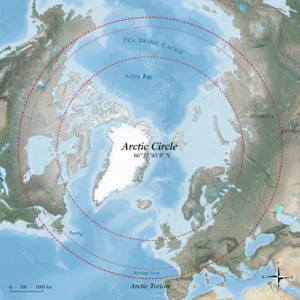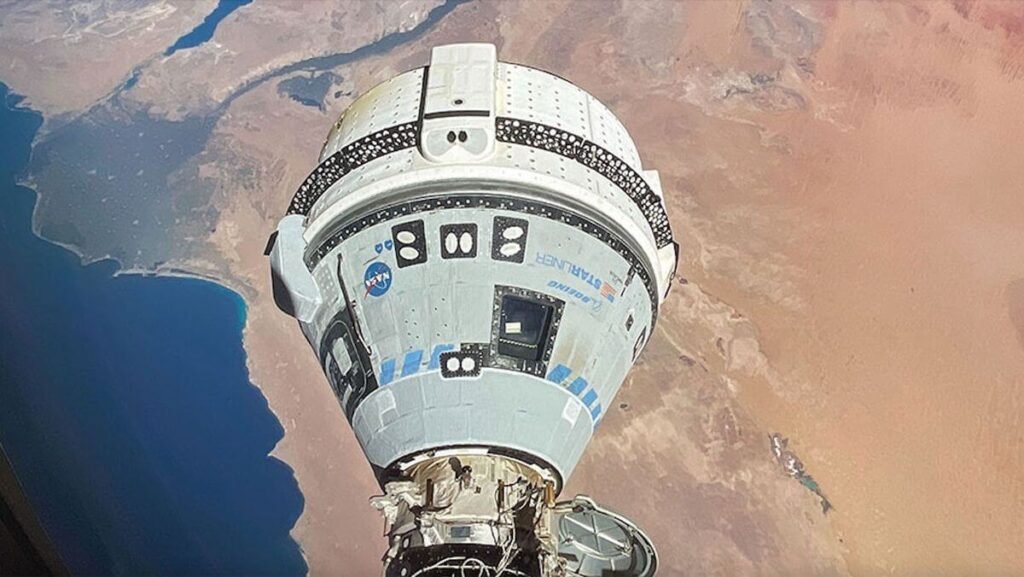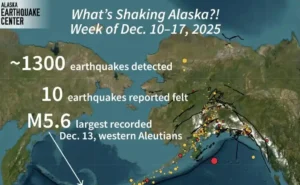With their Starliner spaceship still under development, NASA and Boeing continuously have trouble postponing the return of Suni Williams and Butch Wilmore. Although the astronaut’s return date is unknown, recent testing has revealed possible fixes for the mission’s problems.
By conducting thorough ground-based experiments, engineers have been looking at problems like helium leaks and faulty thrusters. Starliner’s engines were ignited 1,000 times at a New Mexico testing facility to replicate the spacecraft’s trip to and from the International Space Station (ISS). Using these tests, engineers have obtained an understanding of the “root cause” of the thruster failures. Teflon seals seem to be expanding from heat accumulation within the thrusters, therefore limiting propellant flow. This fresh insight has given hope for the spacecraft’s capacity to disembark and return safely.
These issues caused Boeing and NASA to decide against allowing the astronauts to fly the Starliner on their return trip manually. Steve Stich, NASA’s Commercial Crew Program manager, stated that the manual maneuvering during the initial trip may have placed additional stress on the thrusters.
Officials remain hopeful even though NASA and Boeing have not said if the same Starliner spacecraft that sent Wilmore and Williams to the ISS would be used for return. Boeing’s Commercial Crew Program manager, Mark Nappi, expressed hope that the vehicle would safely bring the crew back. If Starliner fails to receive authorization for the return trip, NASA will leave backup plans open nonetheless.
Since June 6, Wilmore and Williams have remained aboard the ISS, extending their projected week-long stay to almost 50 days. NASA has already said that Starliner can stay in orbit for just 90 days, so timely resolution of the problems is crucial.
Further testing also aims to investigate the helium leaks during the first half of the flight. Engineers believe exposure to propellant vapors has caused seals in the service module to deteriorate. Testing will continue while the Starliner is parked at the ISS, including 27 thruster fires. Ground-based versions of the servicing module have shed light on how poorly the seals could corrode over time.
For NASA and Boeing to ascertain the spacecraft’s preparedness for the astronaut’s return, constant research on these technological issues is vital. The astronauts can only have a specific return date once the thruster and helium leak problems are understood and resolved.












